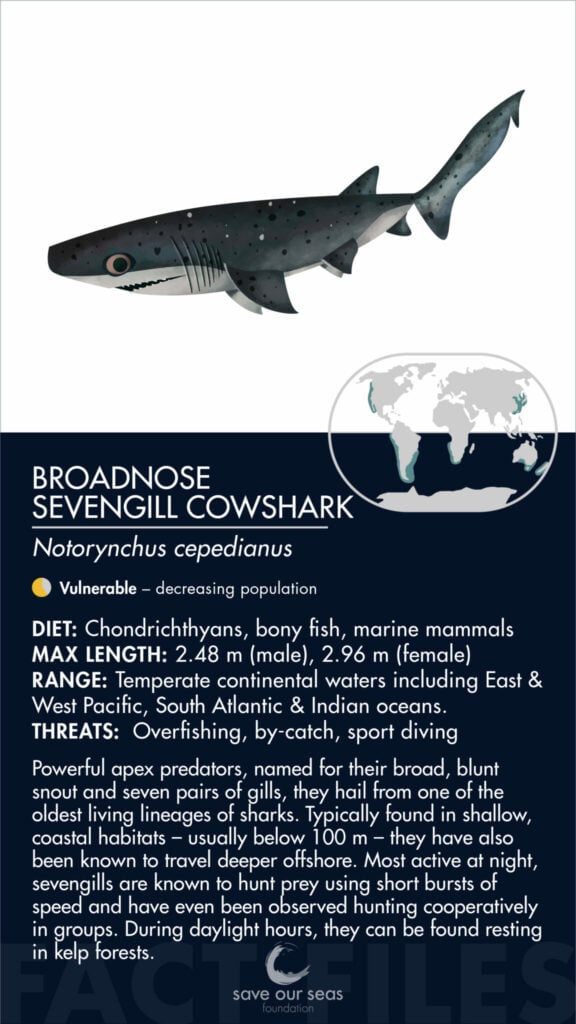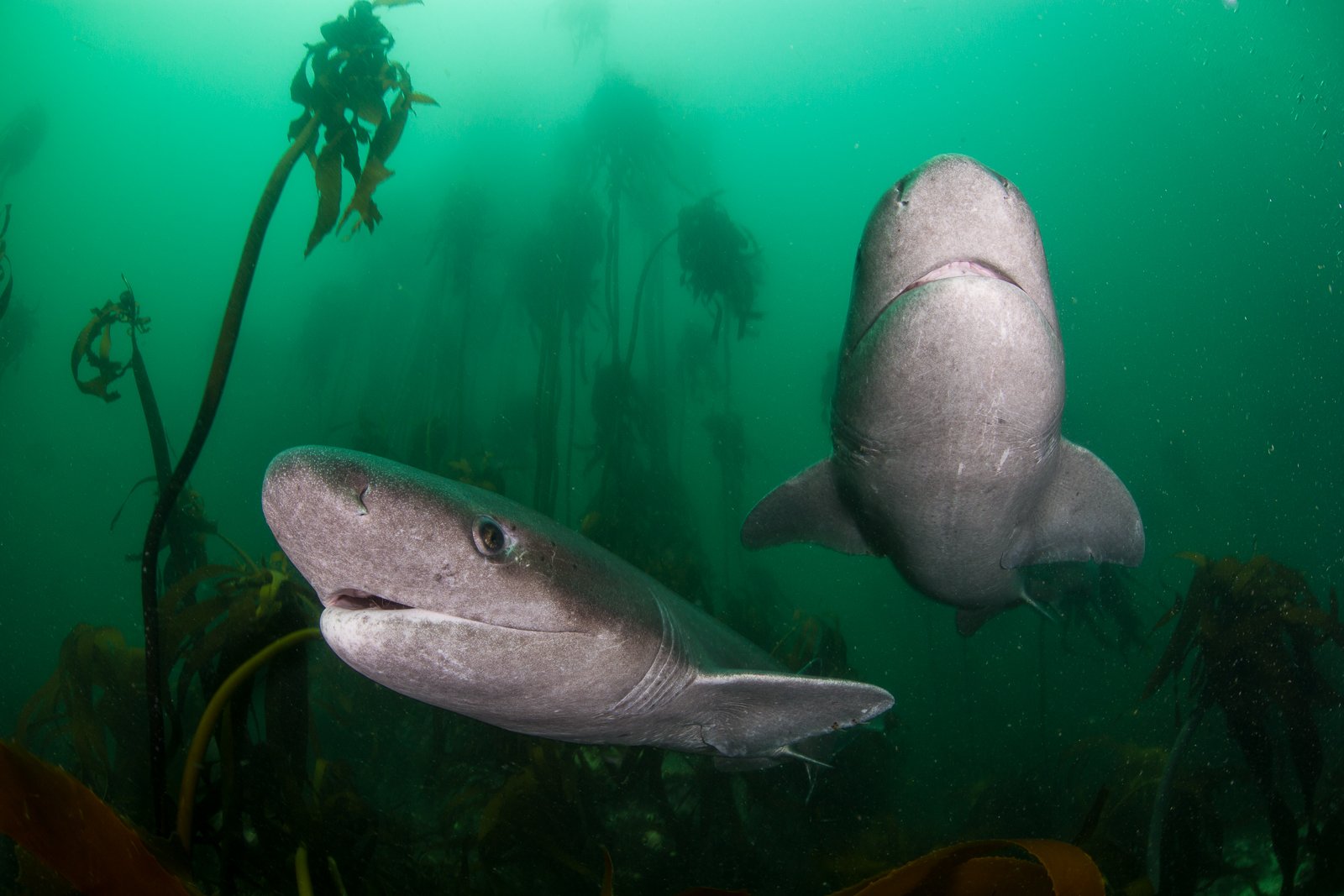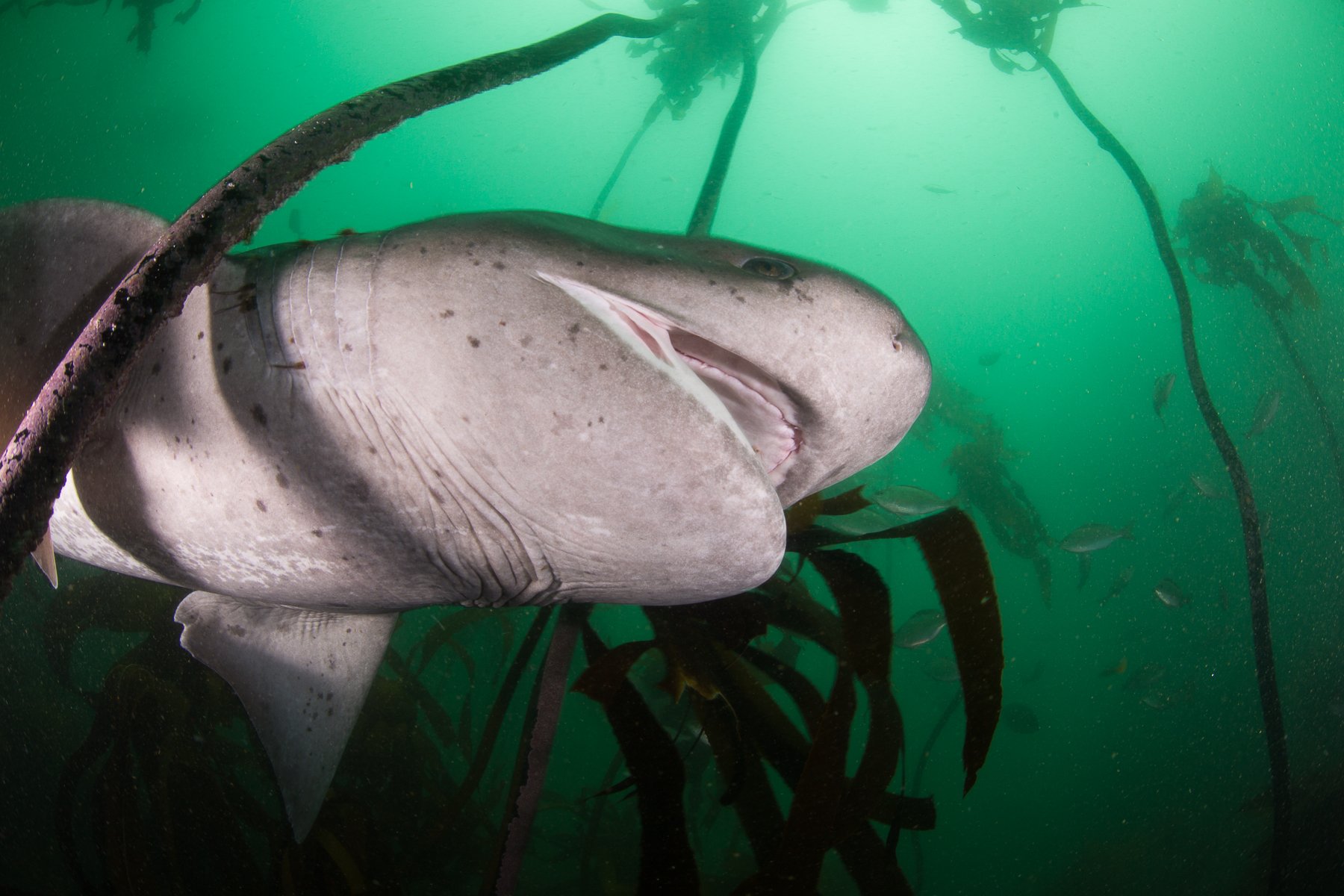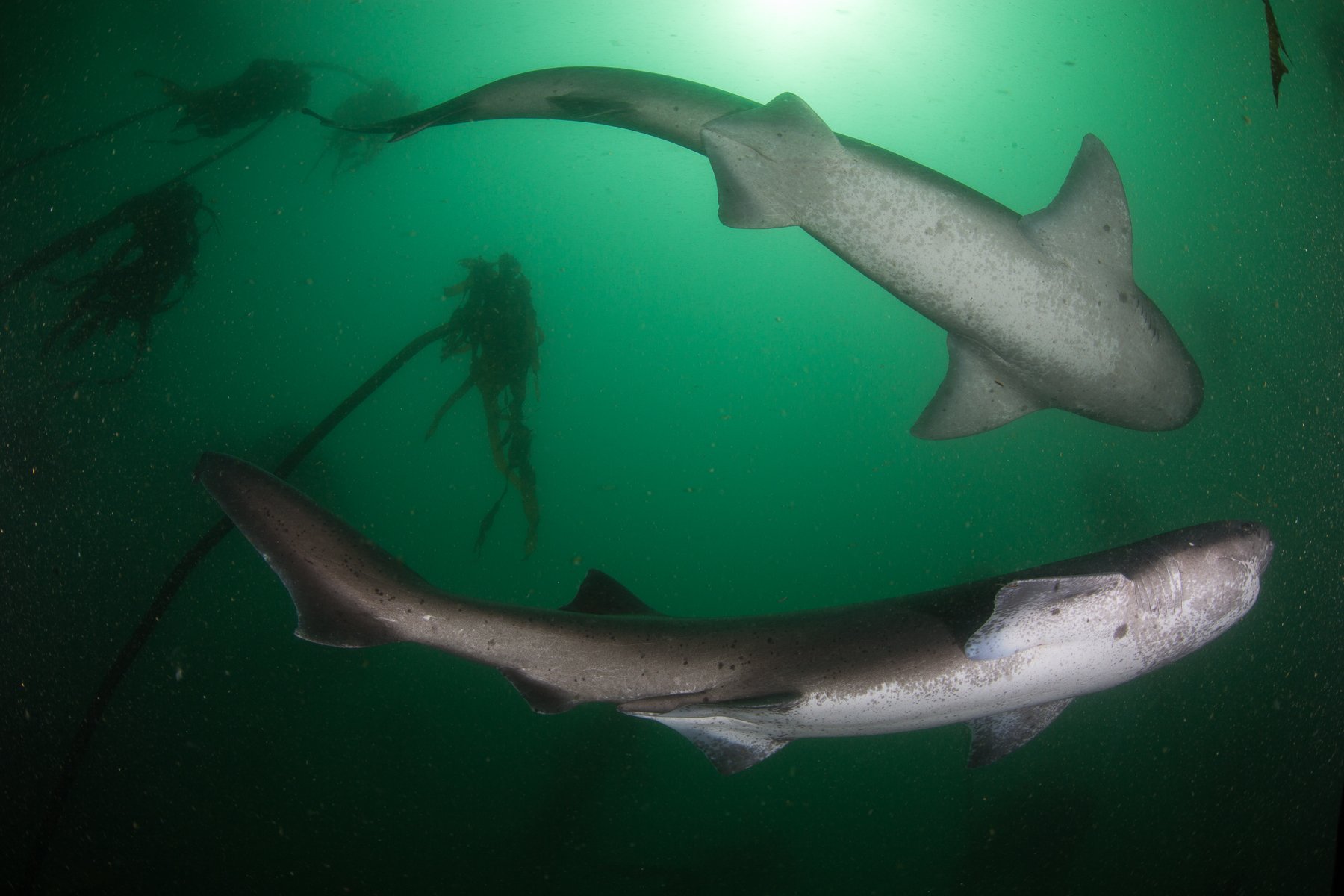Broadnose sevengill cowshark
Notorynchus cepedianus
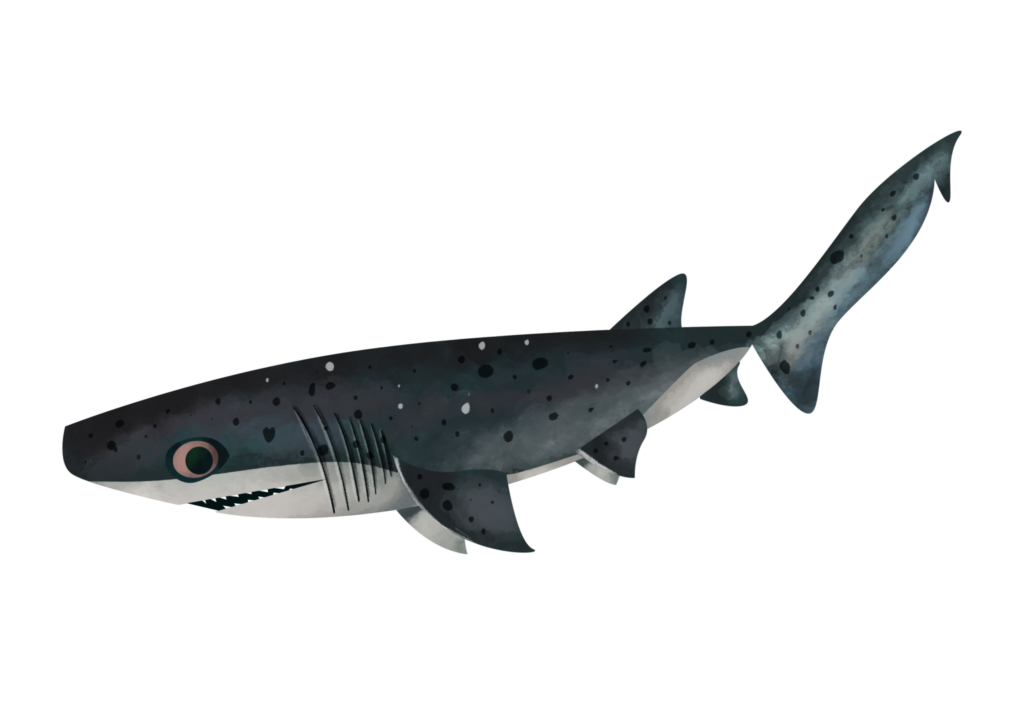

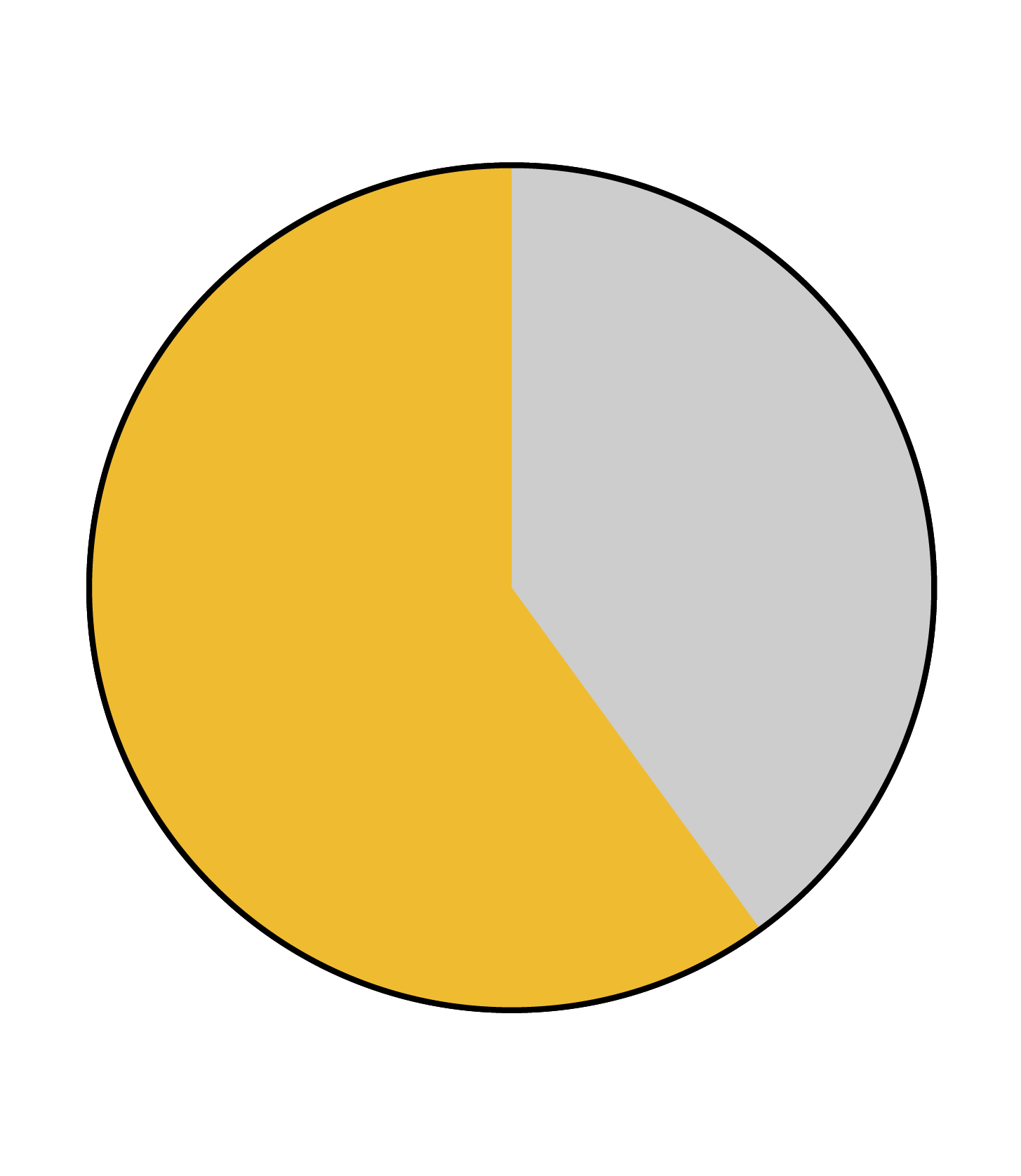
Broadnose sevengill cowsharks, named for their blunt nose and seven pairs of gills, are top predators that feed on a variety of high order prey, like marine mammals, fish and other chondrichthyans. This means they play a vital role in the shallow coastal ecosystems they inhabit. They are grey-brown in colour, with ‘constellations’ of dark and white spots that are useful for the identification of individuals. Intensive fishing pressure from target and non-target fisheries is the predominant threat to sevengills; it is estimated they have decreased by 30 to 49% in the past 60 years.

Identification
Broadnose sevengills are easily recognised by their seven pairs of gills (most modern-day sharks only have five pairs). They have a wide mouth and broad, blunt snout. The teeth on the lower jaw are large and comb-shaped, used for tearing prey; on the upper jaw, the teeth are sharp and jagged, more useful for keeping hold of prey. They have one dorsal fin, located quite far back on the body, over the pelvic fins. The broadnose can be distinguished from another similar species, the sharpnose sevengill shark (Heptranchias perlo) by the presence of black or white spots along the dorsal side. This ‘constellation’ of speckles is only found on broadnoses. The pattern is unique to individuals and therefore has proved useful in identification.
Special Behaviour
Unlike their namesake, broadnose sevengill cowshark is perfectly adapted to life as an apex predator. They use a number of different tactics to hunt, including ambush strategies and direct burst speed attacks, where the shark puts on a sudden burst of speed to catch prey. They also have been observed hunting cooperatively to catch large prey, like seals and even other sharks.
Broadnose sevengills show a high degree of site fidelity, meaning they return to the same areas every year. Although we are still learning about the ecology of this species, it is currently thought that they return to shallow coastal waters in spring and summer, then migrate out to continental shelves in winter.
Reproduction
The reproductive strategy of broadnose sevengills is ovoviviparous, meaning the female produces eggs that hatch inside her and the young are effectively born live. The developing foetus gains nourishment from a yolk sac within the uterus. After a gestation period of one year, female broadnose sevengills will give birth to a litter of between 67 and 104 pups. Females then have a recovery year in between pregnancies. Males reach sexual maturity at 4 to 5 years; females at 11 to 21 years.
Habitat and geographical range
Broadnose sevengills are commonly found in shallow coastal waters, usually above 100 metres. They are widespread in temperate seas, ranging from the coastlines of south Alaska, California and Mexico in the east Pacific, Siberia and Japan to Australia and New Zealand in the west Pacific, and Namibia and South Africa in the south Atlantic and Indian oceans. They are absent from the north Atlantic and the tropics.

Diet description
Broadnose sevengills are apex predators. Their diet consists of a range of marine invertebrates, including bony fish, marine mammals (mainly seals and small cetaceans) and other chondrichthyans.
Threats
Because they occupy shallow, coastal waters and aggregate in large numbers, broadnose sevengills are vulnerable to a number of human-induced threats, the most predominant being overfishing. They are targeted directly for their meat, hide and liver oil, but are also indirectly caught as by-catch. Additionally, they are a popular aquarium species, and are caught specifically for display. Other known threats include the sport diving and tourism industries, especially in California and South Africa.
Relationship with humans
Broadnose sevengills have rarely caused harm to humans. There are a few incidents where captive sharks have bitten divers or anglers and, in the wild, some verified reports of injuries to swimmers and dogs in the shallows. The main relationship between broadnose sevengills and humans is that of a resource; they are fished for their meat, liver oil and hide, as well as for display in aquaria. Large seasonal aggregations of sevengills are also an attraction for divers, given their often shallow locations.
Fun facts
Broadnose sevengills have been known to ‘spy-hop’, a behaviour more commonly associated with cetaceans. This is where an individual lifts its head out of the water to have a look around!
False Bay in South Africa was once a prime spot to see broadnose sevengills, until orca arrived in the area. The orca began predating on sevengills, seeming to remove just the oily liver and discard the rest. This caused the sharks to abandon their daylight resting areas in kelp forests.
They love rocky substrates, but also sandy and muddy habitats, which explains their nickname ‘mudshark’.
There are reports of cannibalism among broadnose sevengills.
They prefer shallow, coastal waters, but individuals have been found offshore as deep as 570 metres.
References
David A. Ebert et al. 2021. Sharks of the World: A Complete Guide.
Barnett et al. 2012. An overview on the role of Hexanchiformes in marine ecosystems: biology, ecology and conservation status of a primitive order of modern sharks. Journal of Fish Biology, 80: 966-990
Ketchum et al. 2017. Residency and long-distance movements of sevengill sharks (Notorhynchus cepedianus) tagged in San Francisco Bay. Animal Biotelemetry, 5(1):1–9
Lewis et al. 2020. Estimating population parameters of broadnose sevengill sharks (Notorynchus cepedianus) using photo identification capture-recapture. Journal of Fish Biology, 97(4): 987-995
IUCN Red List of Threatened Species, Broadnose Sevengill Shark Notorynchus cepedianus.
